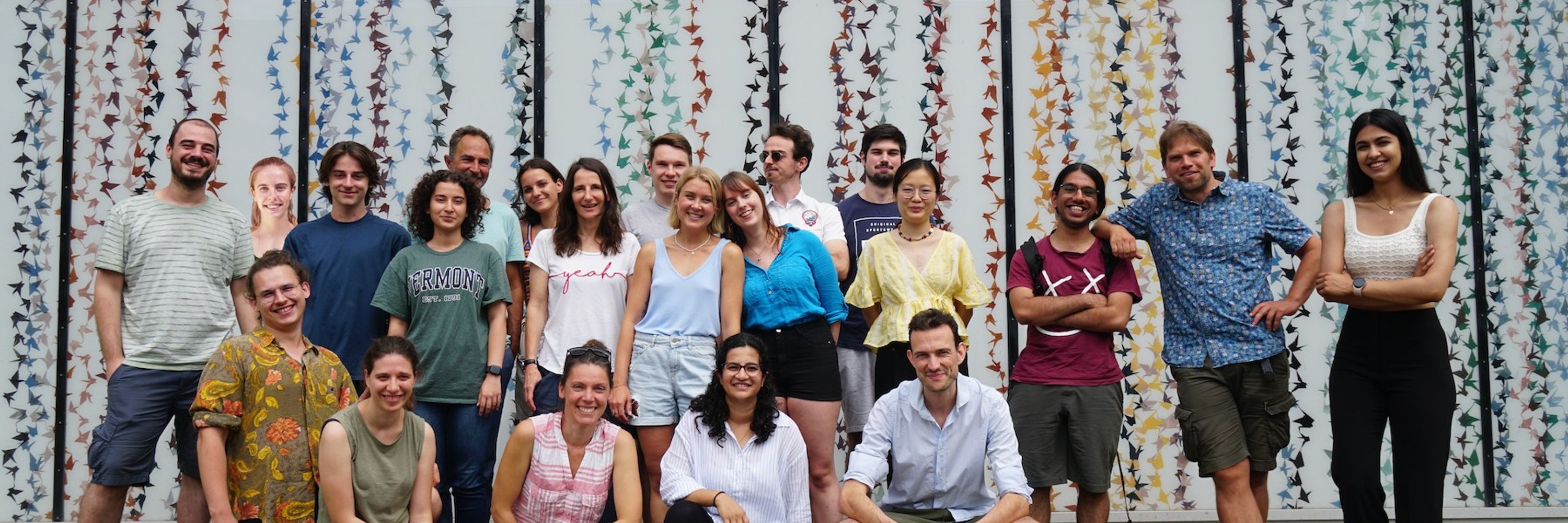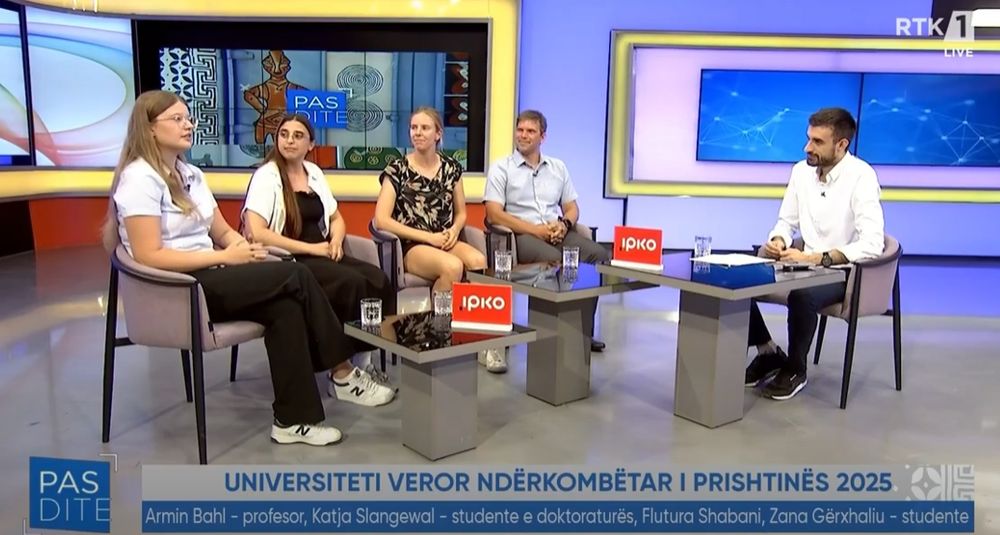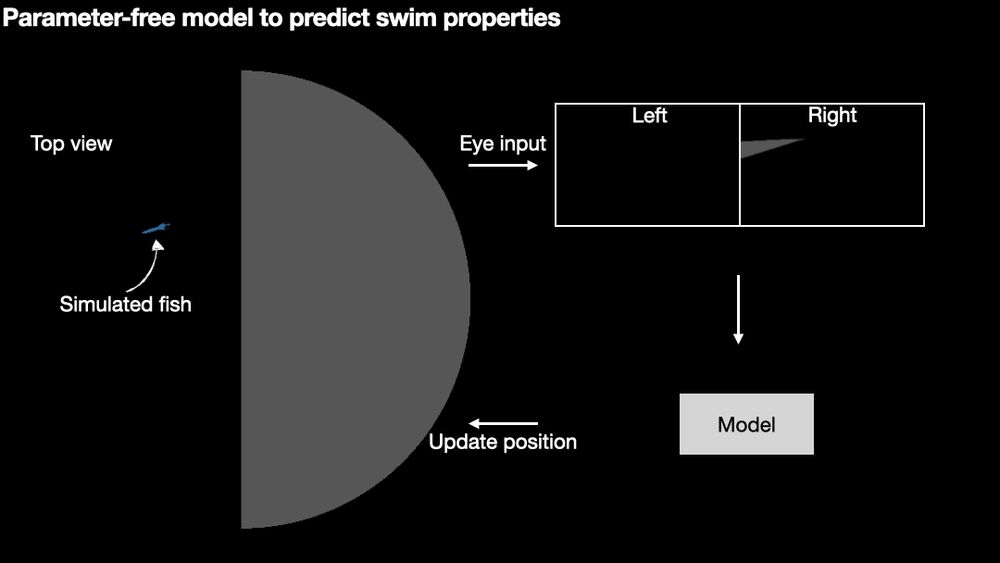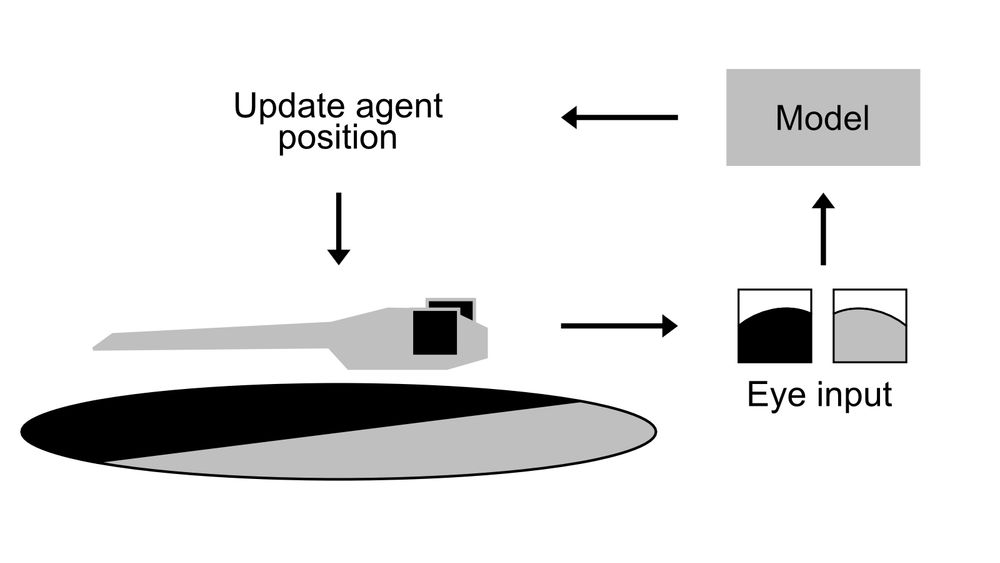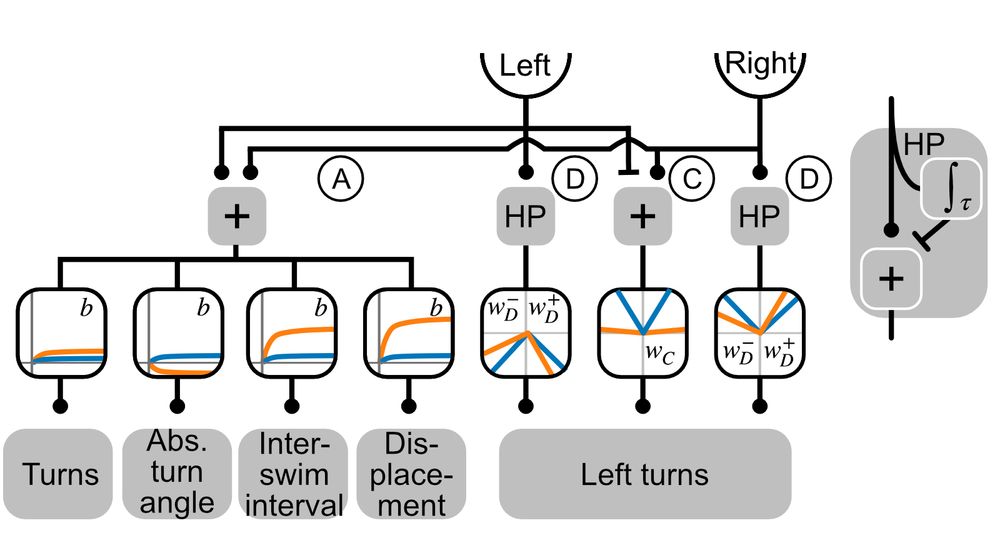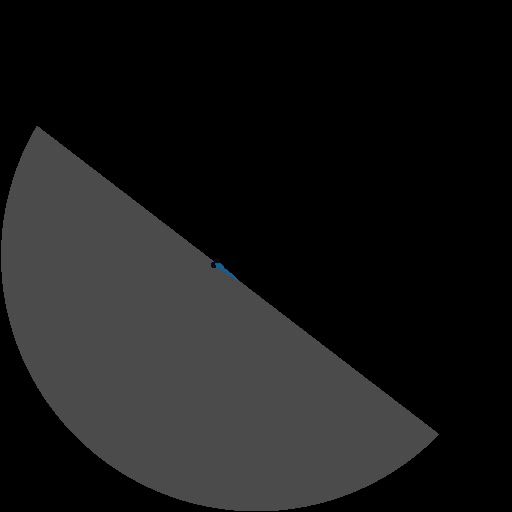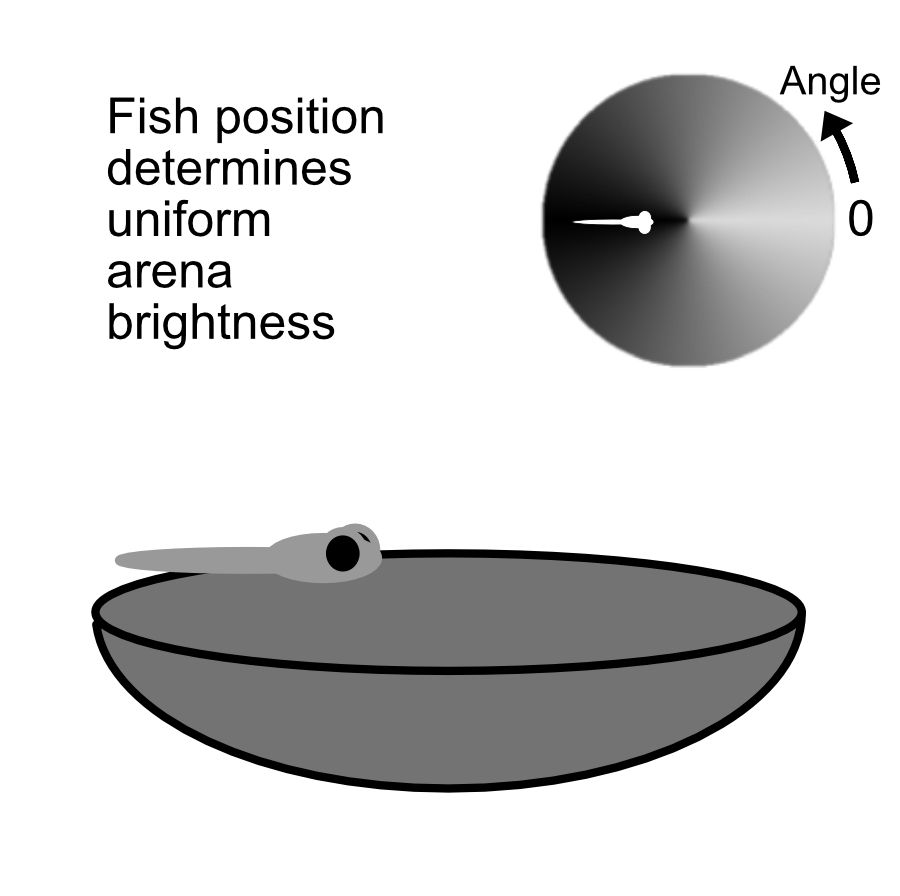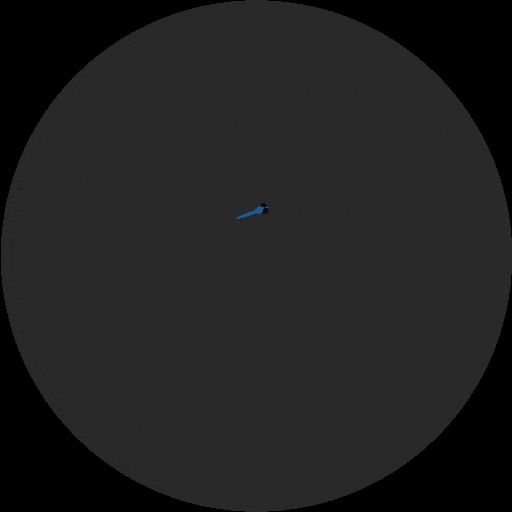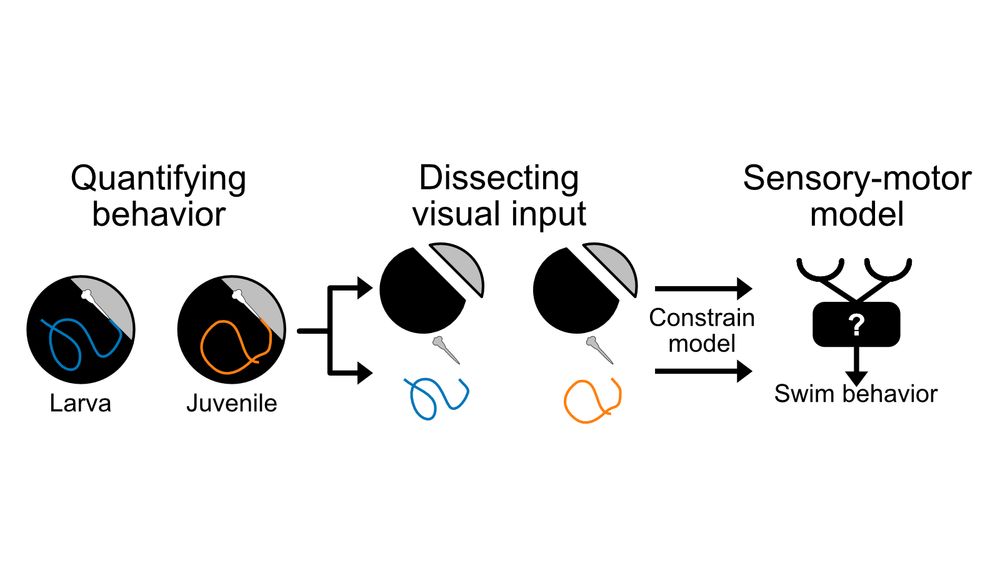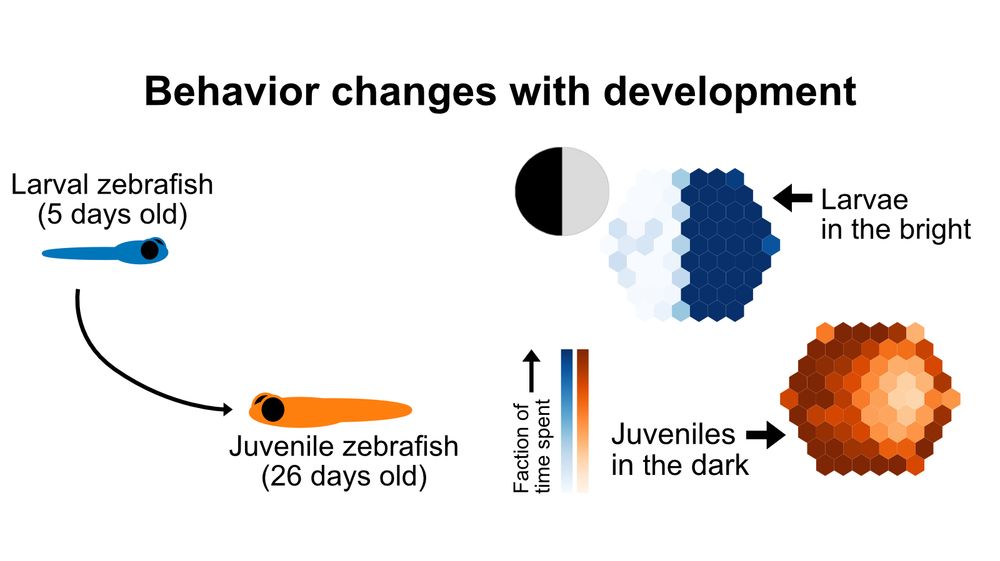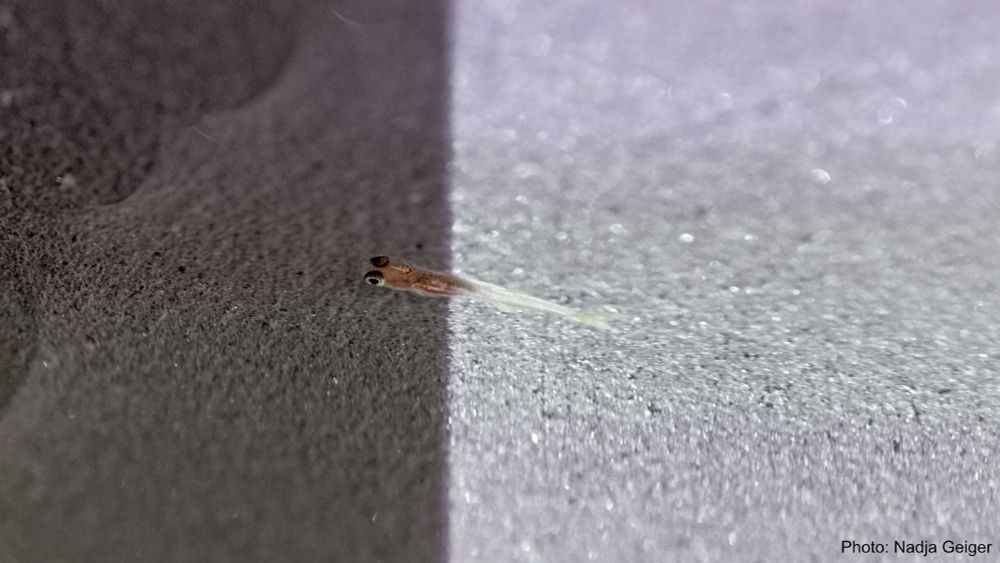Bahl Lab
@bahllab.bsky.social
330 followers
210 following
45 posts
How do individual animals and animal collectives process and evaluate sensory information to give rise to behavior? We are investigating this and much more in the beautiful city of Konstanz, Germany.
Posts
Media
Videos
Starter Packs
Bahl Lab
@bahllab.bsky.social
· Aug 25
Bahl Lab
@bahllab.bsky.social
· Aug 25
Bahl Lab
@bahllab.bsky.social
· Aug 25
Bahl Lab
@bahllab.bsky.social
· Jun 23
Bahl Lab
@bahllab.bsky.social
· Jun 23
Bahl Lab
@bahllab.bsky.social
· Jun 23
Bahl Lab
@bahllab.bsky.social
· Jun 4
